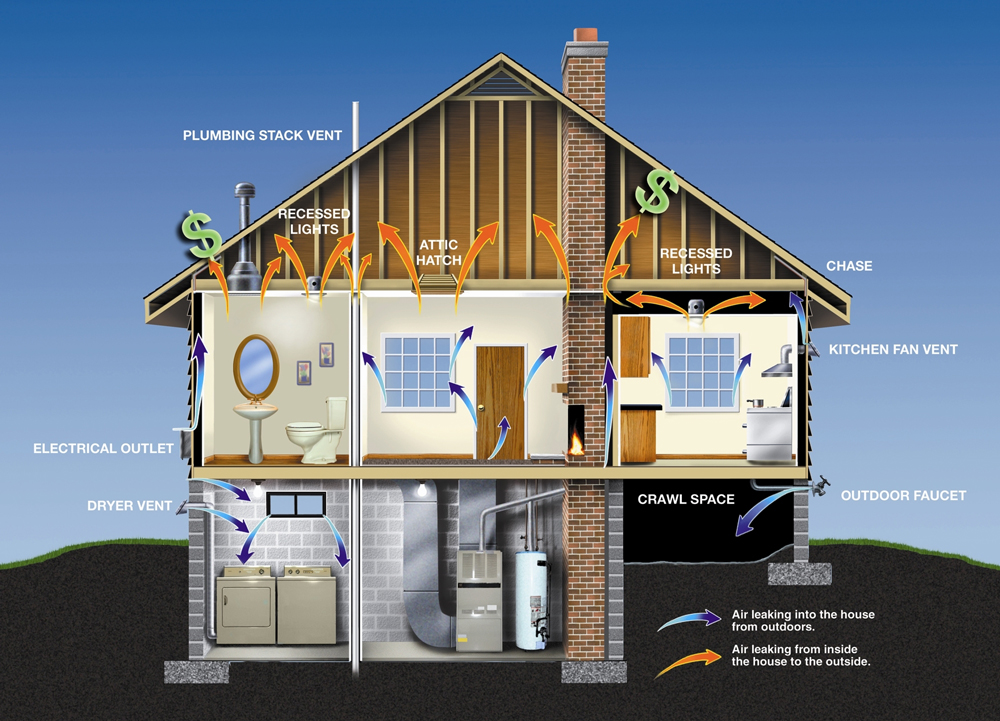News Blast: Your Daily Dose of Insight
Stay updated with the latest news and insightful articles.
Saving the Planet One Watt at a Time
Discover budget-friendly tips to reduce energy consumption and save the planet one watt at a time. Join the green revolution today!
10 Simple Ways to Reduce Your Energy Consumption at Home
Reducing your energy consumption at home not only helps to lower your utility bills but also contributes to a healthier environment. Here are 10 simple ways to cut back on your energy use:
- Switch to LED Bulbs: Replace incandescent bulbs with energy-efficient LED lights that consume up to 80% less energy.
- Unplug Electronics: Many devices draw power even when they are turned off. Use power strips to easily unplug multiple devices.
- Upgrade to Energy-Efficient Appliances: When it's time to replace old appliances, choose those with the ENERGY STAR label.
- Seal Windows and Doors: Ensure that air doesn't escape by caulking and weather-stripping around windows and doors.
- Use a Programmable Thermostat: Set your thermostat to automatically lower heating or cooling when you're not home.
Continuing on the path to energy efficiency, consider these additional tips for further reducing your consumption:
- Adjust Your Water Heater: Lower the temperature on your water heater to 120°F to save on energy use.
- Wash Clothes in Cold Water: Most laundry detergents work well in cold water, saving energy on heating water.
- Limit Oven Use: Use a microwave or slow cooker instead of the oven to decrease energy consumption.
- Embrace Natural Light: Take advantage of sunlight during the day and turn off lights.
- Regular Maintenance: Keep heating and cooling systems well-maintained, including replacing filters regularly to ensure they operate efficiently.

Understanding the Impact of Renewable Energy: How One Watt Makes a Difference
Renewable energy has become a focal point in the global discussion on sustainability, and understanding its impact is crucial for both individuals and communities. The phrase 'one watt makes a difference' encapsulates the idea that every small contribution to renewable sources can cumulatively lead to significant change. For instance, when households switch to solar panels, even a minimal decrease in their demand for fossil fuels can collectively help reduce carbon emissions. This not only benefits the environment but also promotes energy independence and security, empowering individuals and local economies.
The impact of renewable energy extends beyond just reducing emissions; it also plays a vital role in enhancing energy resilience. By diversifying energy sources, communities can better withstand fluctuations in energy supply and pricing. Consider the following advantages of integrating renewable energy on a larger scale:
- Job Creation: The renewable sector is rapidly growing, creating numerous job opportunities.
- Public Health Benefits: Reduced air pollution leads to better health outcomes and lower healthcare costs.
- Sustainable Development: Embracing renewable energy fosters a cleaner environment for future generations.
Understanding these impacts, it becomes clear how one watt of renewable energy not only contributes to local initiatives but also facilitates a global transition towards a more sustainable future.
Is Energy Efficiency the Key to Saving Our Planet?
Energy efficiency plays a crucial role in the ongoing fight against climate change. By minimizing energy consumption through improved technologies and practices, we can significantly reduce greenhouse gas emissions. This shift not only helps in conserving valuable natural resources but also decreases the dependency on fossil fuels, which are major contributors to environmental degradation. Implementing energy-efficient solutions in homes and industries can lead to substantial cost savings while promoting sustainable living practices.
Moreover, adopting energy-efficient practices can foster innovation and job creation in the green technology sector. As cities and communities invest in renewable energy sources and energy-efficient infrastructure, the potential for economic growth increases. In this context, energy efficiency is not just about saving money; it is about reimagining how we consume and interact with energy. By prioritizing efficiency, we create a more resilient planet capable of sustaining future generations.